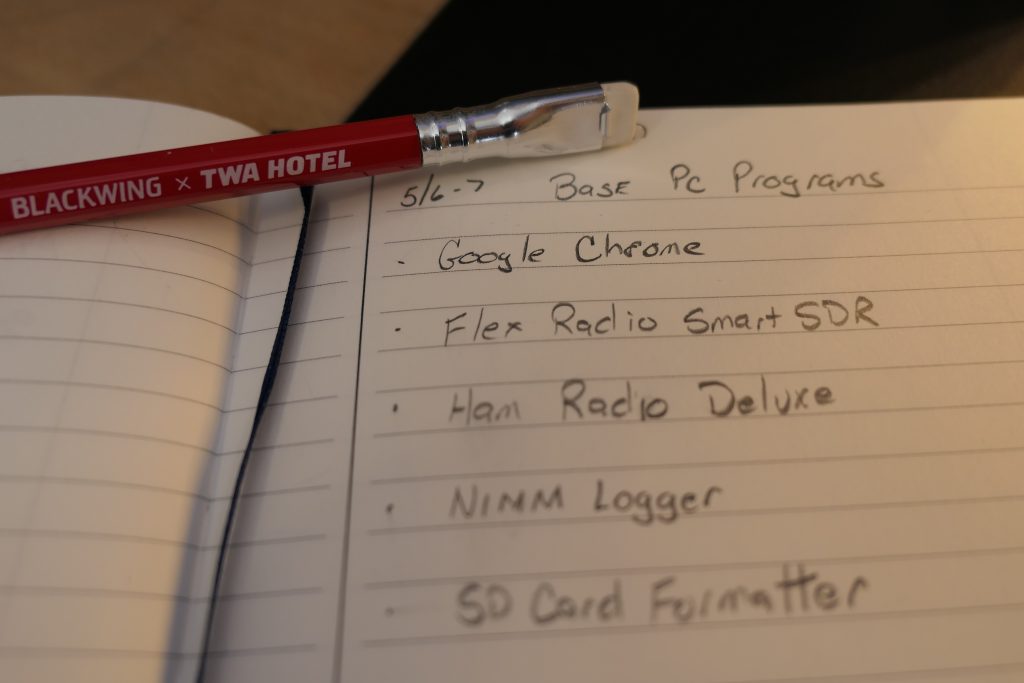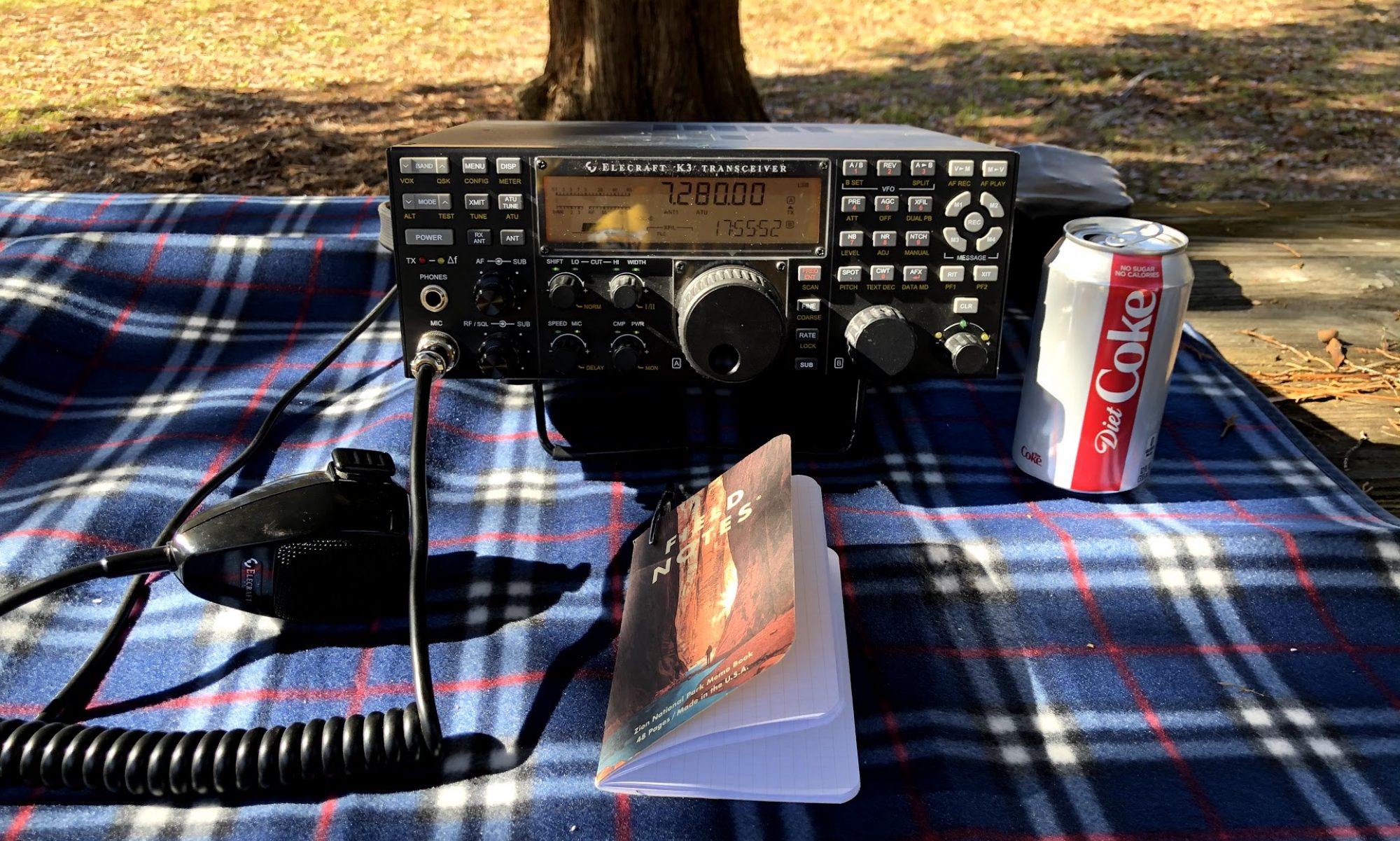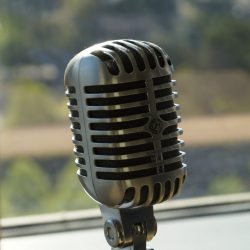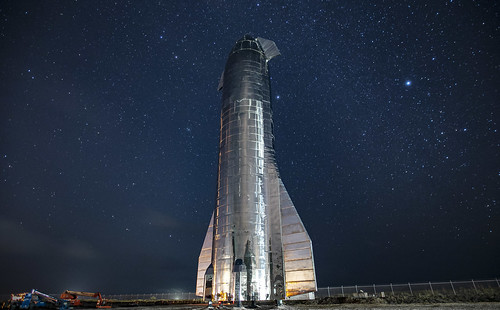When this laptop died I was able to salvage the hard drives and that’s typically all I do. I thought I would give a quick try to salvage the screen and webcam. 1 out of 2 worked.
Three more thoughts on a fresh PC
These didn’t quite fit in the software post, but they are definitely a few tips you may want to think about while setting up a PC.
Emergency Account
Windows is doing a great service by integrating accounts in the cloud. It allows you to work from multiple PC’s with the same settings which is awesome for integration and portability. We’ve never known a version of Windows to be perfect, and passwords get lost, etc. So every PC I set up get’s a PC Only Administrator account – Windows calls it a “Local” account. It’s not tied to my cloud login, so if something borks or the internet is down and I absolutely need to get into that PC, I can. Here’s the current way to do it:
- In Accounts, go to “Family and Other Users”
- Click “Add Someone Else to this PC”

- Click “I don’t have this person’s sign-in information” then “Add a user without a Microsoft account” on the next screen. Create some credentials and you are good to go.
Windows Virus Protection is Enough
It’s been years since I had a stand along anti-virus. I was in a position to be testing different ones a while back and they are all about the same. What I believe, and Leo Laporte “The Tech Guy” says too, is that a non-windows anti-virus is more trouble than it’s worth.
Get A Cool Space Desktop Background
I love to have some space on my desktop. Two great places to find free photos to use as backgrounds are NASA Images and the SpaceX Flickr.
NASA has decades of pictures across 60 different galleries. So if you want images from the ISS windows, build pictures of satellites, Apollo and Gemini shots like cool pictures from the moon, or some awesome planes (because the first A is Aeronautics) that’s the place to grab some shots.
SpaceX has also shared some photos. They are a bit younger than NASA but there are awesome rocket launch shots and drawings of things to come. Since I am becoming more and more of a SpaceX fanboy every day, I picked a picture of the first Starship test vehicle as my current shot.
What software do you put on a fresh PC?
I decided after 3 years and a few weird errors here and there it was time to refresh the copy of my Windows 10 on my main desktop PC in the ham shack. (I know, I have Linux and Mac here too!) After keeping a list for a few days, here’s what I use most.

Google Chrome
I like Chrome for browsing and I use many of the other Google features like Sheets, Drive and Photos, so this all stays integrated. Since it keep my logins and history across all my different machines, this is the universal tool for me.
It’s a Ham Shack, So…
One of the reasons I chose this particular PC (ASUS ROG GR8 II) is that it was powerful enough to run my Flex 6500 graphically, and let me multitask. Here’s where I start from a ham perspective:
- Smart SDR for Windows. I upgraded to the latest version, 3.1.11 which gave me a radio software upgrade as well.
- N1MM Logger Plus Well integrated with the Flex, this is my go-to logging software for any contest I do, plus it puts the DX spots on my Flex spectrum to find-em fast.
- Ham Radio Deluxe Why two loggers? Well HRD is more than my logger, it’s how I do digital and Logbook of the World (yes, I have TQSL as well.) It’s my non-contest, everyday QSO software.
- Audacity I could have put this with other PC items, but mostly what I use it for is recording my radio items like strange Shortwave signals and it’s a great non linear audio editor.
As I go along I will add items like software for programming my ICOM and Kenwood radios, but not until I need them.
Graphics and Video
I’ve been enjoying making blogs and YouTube videos since I have been retired. I use at least one of the next 3 daily it seems.
- GIMP – The Gnu Image Manipulation Program – Lousy name, great free and open source replacement for Photoshop or other graphical editors. It’s cross platform too, so I can use it on my Mac and Linux machines as well.
- Blender – This one was controversial when I posted about it as a video editor. I learned non-linear video editing about 25 years ago, and this felt comfortable to my experience level. Plus if I want to learn more 3D rendering, it’s there. Again it’s free, open source, and multi-platform so I get to learn once and use anywhere.
- Streamlabs OBS – When I want to do a YouTube live show, I use Streamlabs OBS. Look at that, free and open source and multi-platform again. There’s a theme here. It’s very easy to use and I was really please that it had saved my scenes across-installs so I could just click and go.
Raspberry Pi
I don’t need a lot of software for Pi because most of what I do is related to programming on the devices themselves. But I need something to handle writing images to MicroSD cards and creating backups. Win32DiskImager is my tool. While I primarily use it for the MicroSD, I have written ISO’s to a USB card with it in a pinch. Pick a drive, read or write from it. It is that simple. To clean those cards, the SD card association supplies a formatter.
So that’s it, the first 11 programs (don’t call them apps on a PC, just, no) on my clean desktop. I’m off to make some contacts!


